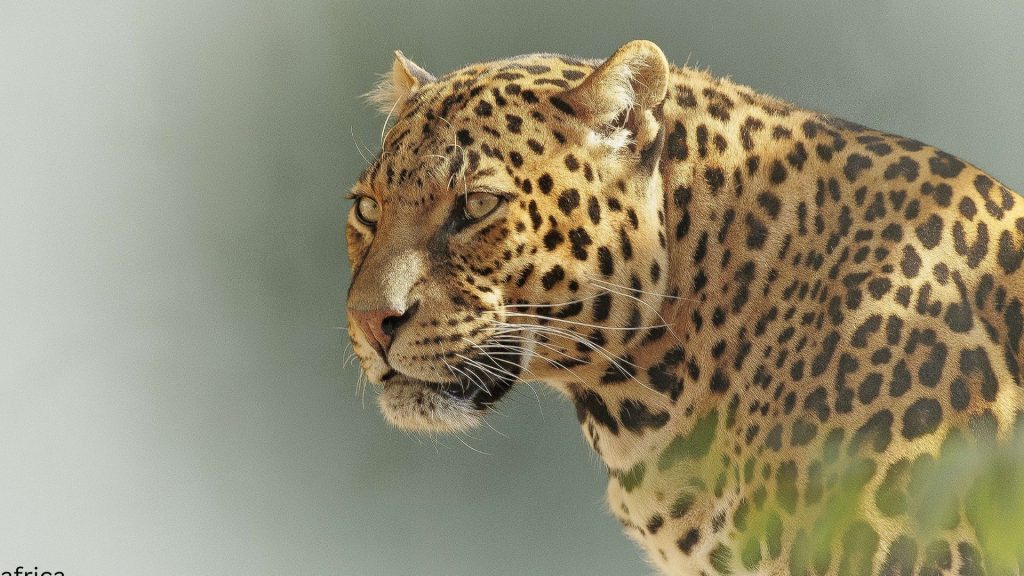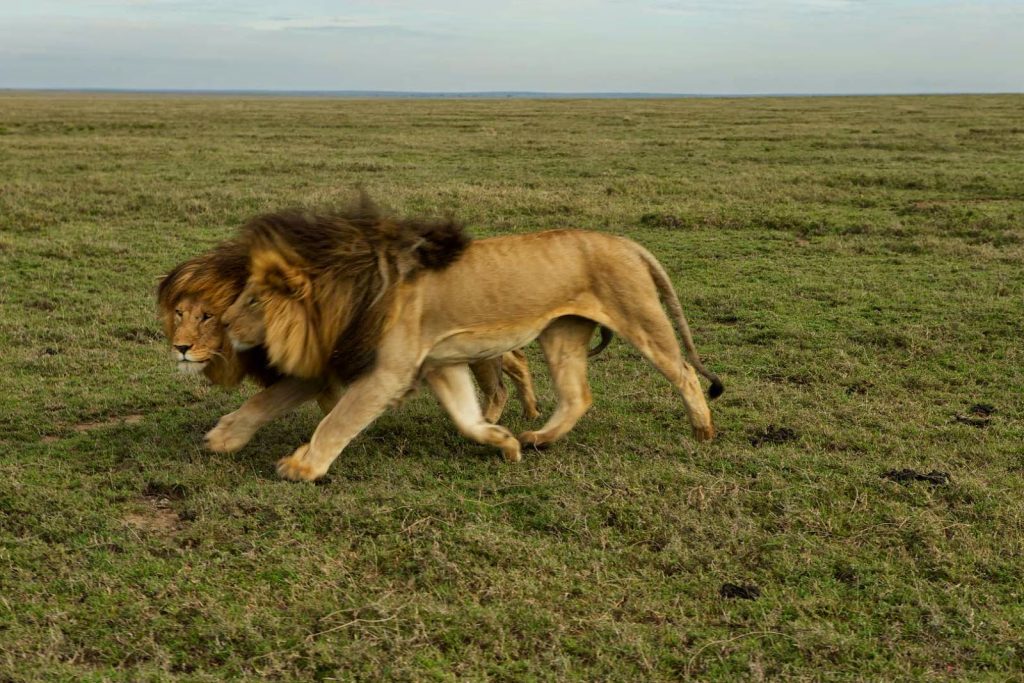Nyerere National Park
Nyerere National Park (formerly Selous Game Reserve)
Nyerere National Park: Africa’s Largest National Park and Tanzania’s Untamed Wilderness
Formerly known as the Selous Game Reserve, Nyerere National Park gained its national park status in 2019. Today, it stands as Africa’s largest national park, covering an astonishing 30,893 square kilometers, an area comparable to several European countries. This vast wilderness carries deep history, mystique, and unmatched biodiversity.
Named after Julius Kambarage Nyerere, Tanzania’s first president and a champion of conservation, the park honors his legacy while preserving the spirit of explorer Frederick Courtney Selous, after whom the original reserve was named. Selous was killed during World War I along the Rufiji River, which still flows powerfully through the heart of today’s park.
Location and Accessibility
Nyerere National Park lies in southeastern Tanzania, approximately 230 km from Dar es Salaam via road to Mtemere Gate. The park was carved out of the legendary Selous Game Reserve, a UNESCO World Heritage Site known for its raw, untouched wilderness.
Wildlife in Nyerere National Park
Nyerere National Park boasts one of the largest concentrations of wildlife in Africa, offering exceptional opportunities to see:
✅ Big Cats & Predators
Lion
Leopard
Cheetah
Spotted hyena
African wild dog (one of the last strongholds on the continent)
✅ Large Mammals
Elephant
Buffalo
Black rhino
Giraffe
Zebra
Wildebeest
Eland
Sable and roan antelope
Waterbuck, impala, kudu, and more
✅ Reptiles & Aquatic Wildlife
The Rufiji River, Tanzania’s largest, is home to:
Hippos
Massive crocodiles
Numerous fish species
✅ Birdlife
With over 440 bird species, the park is a paradise for birdwatchers. Expect an impressive mix of resident and migratory birds, including raptors, storks, waders, kingfishers, and colorful forest species.
Landscapes and Ecosystems
What sets Nyerere National Park apart is its diverse ecosystem, which includes:
🌿 Rufiji River Floodplains
The river forms oxbow lakes, sandbanks, and marshes that attract thousands of animals, especially during the dry season.
🌳 Miombo Woodlands and Savannahs
Woodlands with baobabs and Terminalia trees create rich browsing grounds for giraffes and antelopes.
🐾 Grasslands and Bushlands
Home to predators and prey, offering classic safari scenes with minimal tourist interference.
Because the park is still less frequented than northern Tanzania’s parks, wildlife here is wilder and less habituated, offering a more authentic safari experience.
Safari Activities in Nyerere National Park
Nyerere offers the widest range of safari activities in Tanzania:
🚗 Game Drives
Explore the park via intimate networks of small tracks that allow respectful but close wildlife encounters.
🛶 Boat Safaris (Iconic!)
A signature experience on the Rufiji River:
View hippos and crocs from the water
Spot rare birds
Capture stunning sunset reflections
🚶 Walking Safaris
Guided by armed rangers—an exhilarating way to explore the bush up-close.
🌌 Fly Camping
A legendary Selous-style experience where guests camp under the stars in the wild.
History and Conservation
The protected history of this area dates back to 1896 during German colonial rule.
Key historical milestones include:
1905: Hunting officially permitted
1922: Area renamed Selous Game Reserve in honor of Frederick Selous
1940: Reserve expanded to 54,600 sq km
1982: Declared a UNESCO World Heritage Site
2019: 30,000 sq km carved out and officially named Nyerere National Park
The park today protects some of the last undisturbed ecological and biological systems in Africa.
Climate and When to Visit
Best time to visit: June to October (Dry Season)
Excellent visibility
Wildlife concentrates around water sources
Short green season: December to February
Lush landscapes, great for birding
Long rains: March to May
Some roads become inaccessible and certain sections may temporarily close
Altitude averages ~1,000 meters above sea level, offering warm days and cooler nights.
Why Visit Nyerere National Park?
✅ The largest national park in Africa
✅ Home to Africa’s last stronghold of wild dogs
✅ Diverse wildlife and habitats
✅ Authentic, uncrowded safari experience
✅ Legendary boat, walking, and fly camping safaris
✅ Rich conservation and colonial history
✅ A top destination for photographers, adventurers, and wildlife lovers
How to get to Nyerere National Park
The National Park is just a few kilometers away from Dar es Salaam, making it an easy place to get to, but only if you are coming from Dar es Salaam. If you are getting to the park from Arusha, then it becomes a very long journey, especially if you are driving. There are three transportation means that you use to get to Nyerere, and these are road, railway, and air transportation.
- Air transport
Taking a flight to Nyerere is the most expensive way, but also the best since it gets you to the park easily. The flights to Nyerere can be obtained from Zanzibar, Dar es Salaam, and Arusha.
- Rail transport
Rail transport is the cheapest way to get to Nyerere and probably one that has lovely scenery for you to see before you get to the park. You get to pass through a lot of rural villages and Mountains before you get off at the Matabwe stop. From here, you will be able to drive to Nyerere National Park since it is a short distance.
- Road transport
This is the most commonly used mode of transport to get to Nyerere. A drive to the park will take you between 4 to 8 hours, and during this time you can make stopovers at the different places as per your itinerary. It might take a while before you get there, but it will be worth your time.
Things to do while in Nyerere National Park
Nyerere is a very big park that has a lot of animals and birds, plus vegetation that is worth seeing, and these will determine the things that you can do while in the park. Some of the things that you should look forward to doing while here include the following:
Game drives in Nyerere National Park
The game drives within Nyerere are best done during the dry season, experienced from June to October, because this is the time when most of the animals can be seen at the different waterholes trying to beat off the heat and in search of food. Some of the animals that you should look out for when you get to Nyerere include the famous wild dogs, buffalo, hippos, lions, giraffes, baboons, zebras, rhinos, elands, impalas, elephants, and baboons, to mention but a few. Since the park gets few visitors, the animals tend to hide from tourists, but with patience, you get to see all of them in their natural habitat. The best time for one to enjoy a game drive in Nyerere is during the morning hours before 11:00 am and afternoon hours around 3:00 pm, because this is the time when animals are not shielding themselves from the heat.
Birding in Nyerere National Park
Nyerere is one of the best birding destinations in Tanzania, and the best time for one to go for birding is between November and April during the wet season, when the migratory birds fly into the country. The bird species specials that you should look out for include the yellow-bellied bulbul, mangrove kingfisher, black cuckoo-shrike, palm-nut vulture, red-throated twin spot, red-winged warbler, African skimmer, spotted flanked barbet, and the grey hooded kingfisher, among others.
Walking safaris
A walking safari through Nyerere might not get you to all the corners of the Reserve, but it will get you to some of the best places. A walking safari in Nyerere comes with an armed ranger who is there to make sure that you are not attacked by any wild animals. The walk will, however, be organized on a more tame side, which doesn’t have predator animals ,and some of the animals that you get to see while on your walk include zebras and elephants. Make sure that you follow all the guidelines given to you by the guide during your walk.
Cultural tours
A cultural tour to the Mwaseni is one of the things that you can engage in while on a safari to Selous. With the help of a tour guide, you get to spend the whole day with the locals, engaging in their day-to-day activities.
Photo safari
This is one of the best activities that you should engage in while in Selous. This can be done throughout the year as you get to take photos of the animals and the birds that live within the Park and the surrounding scenery.
Boat safari
A boat safari is one of the best ways in which you can explore the Game Reserve. You will take a boat ride along the River Rufiji, where you will get to see aquatic animals like hippos and crocodiles, plus a large flock of birds. You must not miss out on the experience of a boat ride in Selous.
When to visit Nyerere National Park
Nyerere National Park experiences two seasons, and these are the dry and wet seasons. The seasons highly determine the activities that you can engage in, and in return, the activities determine the best time for you to visit the Selous. The dry season (June to October) is the best time for a walking safari and game drives, whereas the wet season (November to April) is the best time for all those who would love to go birding.
Before you pack your bags for a trip to Selous, make sure that you do extensive research on the tour company that you are going to use so that you are not conned, and ask ahead about what you should bring and what to avoid before traveling to the southern part of Tanzania.



